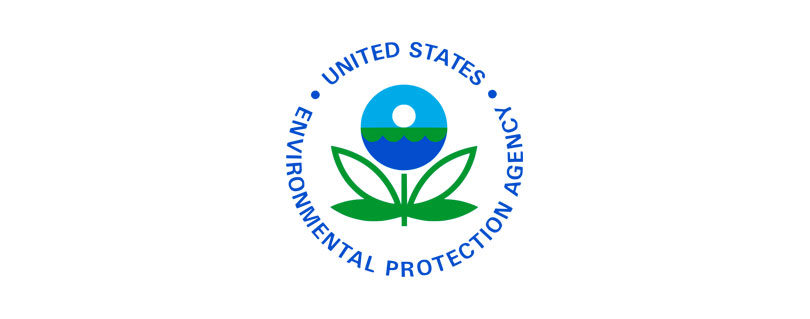Statement from EPA Regional Administrator KC Becker on the Butte Priority Soils Superfund site
Publilshed by the U.S. Environmental Protection Agency (EPA)
Statement from EPA Regional Administrator KC Becker on the Butte Priority Soils Superfund site
Today, in response to concerns expressed by some in the Butte community regarding the Butte Priority Soils Operable Unit (BPSOU) Superfund site, EPA issued a detailed position paper to clarify and detail the use of onsite material at the site. This paper, along with an upcoming August 30 community meeting, reflects an effort to engage with the community so that all can better understand this aspect of the cleanup. It is important for us to clearly communicate and share facts and information as we have discussions on these and other topics related to site progress.
As stated upfront in the paper, EPA is committed to making sure that all BPSOU cleanup decisions are and will be (1) protective of human health and the environment, (2) reflective of transparent community engagement, (3) consistent with the Comprehensive Environmental Response, Compensation, and Liability Act (CERCLA), the National Contingency Plan (NCP), and (4) the BPSOU Consent Decree (CD).
I’d like to start by addressing some misconceptions about what we mean by onsite material. Onsite material is soil (or sometimes other material) present within a Superfund site which can be used to contribute to site cleanup efforts. It can serve a wide range of important functions, including stabilizing soils and reducing erosion, containing and immobilizing contamination, and supporting vegetation and land restoration, among other beneficial purposes. As such, the use of this material is common, In fact, Superfund sites across the nation, including dozens of mining sites, involve cleanup remedies which intentionally and effectively use soils and other material onsite.
One of the most fundamental objectives of the Superfund law, and the deliberate and thorough cleanup program we use to meet the law, is to eliminate exposure to harmful levels of contaminants. Achieving this basic objective—in Butte and at the more than 1,300 Superfund priority sites across the nation—does not necessitate digging up every microgram of a metal or substance of concern and moving it to another location. Such a requirement would be practically impossible and inconsistent with the science supporting Superfund risk investigations and assessments. In the case of the BPSOU site remedy, the Consent Decree, and the technical work plans and processes that guide cleanup actions, protectiveness can be simply defined as preventing community exposures to harmful levels of metals, specifically arsenic and lead, from historic mining activities. The use of onsite material at the site is only permitted when it is consistent with that objective.
I should emphasize that the measures in place for onsite soils in Butte are rigorous. Under the Consent Decree, material that does not exceed established metals criteria may be used on site only under specific conditions which minimize any movement to air, groundwater and surface water, and limit use to locations where people are unlikely to be exposed. In addition, all onsite material identified as potentially suitable for general fill will undergo extensive sampling and analysis to confirm it meets all parameters and criteria before use.
I also would like to clarify that these determinations are not based on financial costs; they are based on science, data and risk evaluations that enable the practical and beneficial use of onsite material to advance site-specific cleanup goals and also protect offsite environmental resources. While it is true that it would take significant financial resources, time, and, potentially, new agreements, to fully remove and relocate all onsite material at the BPSOU, the most basic reason such material is used is that it is environmentally beneficial to do so. Put simply, the use of onsite material as general fill allows us to address exposure risk and restore areas efficiently and effectively.
The use of onsite material as general fill poses minimal risk to humans, groundwater, the watershed or plant and animal life. The alternative—removing, transporting and disposing the material, and replacing it with fill material removed and transported from offsite locations (all in an effort to achieve the same cleanup purposes the onsite fill was used for)—is not only impractical, it also comes with additional potential environmental impacts in terms of fuel and energy use; air toxics and greenhouse gas emissions; erosion, runoff, and surface water degradation; and other concerns.
EPA is genuinely committed to engagement in Butte, and we look forward to continuing to share information with the community on the use of onsite material in cleaning up the BPSOU. While we welcome questions, dialogue and the many differing perspectives and opinions represented across the community, we cannot disregard the carefully developed science, determinations and agreements completed in accordance with the Superfund law and the objectives of the program. We also cannot lose sight of the goal of moving the project forward to get contamination cleaned up as expeditiously as possible to protect human health and the environment in Butte. While the processes in place for monitoring and ensuring the safe use of onsite material within the BPSOU are rigorous, we are certainly open to more discussions to clarify where, when and how such material could be used. I should also assure you the agency will act quickly and decisively if any information suggests potential exposure risks associated with specific areas or uses.
I look forward to visiting Butte on August 30 to meet with the community and engage on these and other topics.
EPA News Release on BPSOU onsite material.
Read the full article at: https://www.epa.gov/newsreleases/statement-epa-regional-administrator-kc-becker-butte-priority-soils-superfund-site



